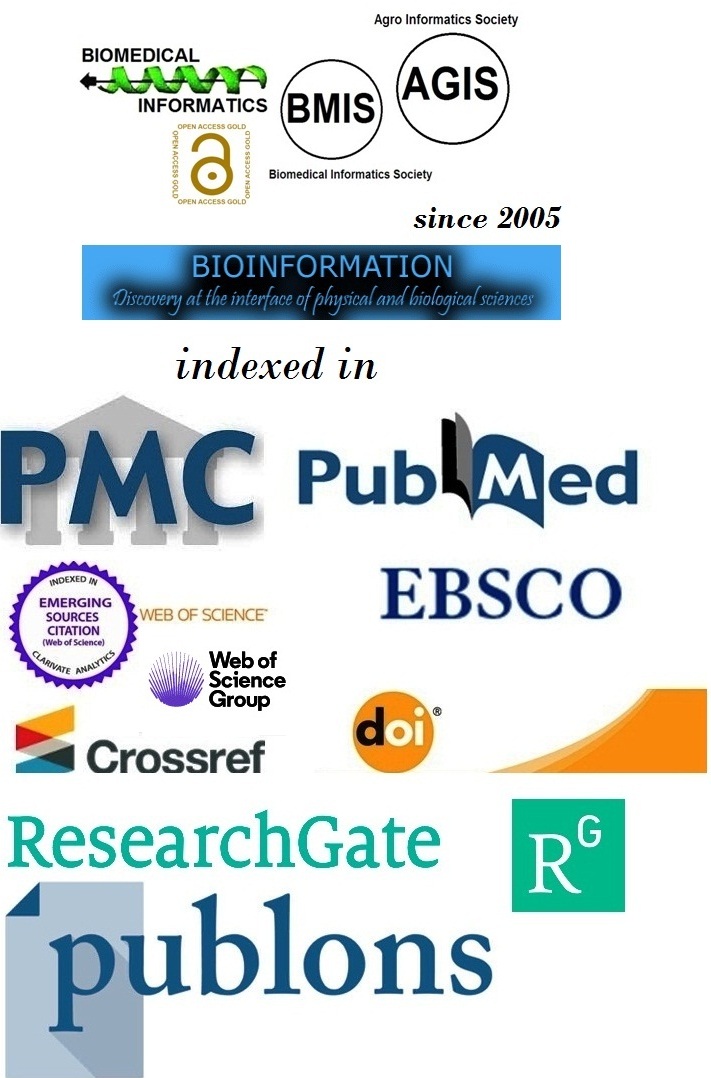Title
AI-driven predictive modelling of orthodontic relapse using retainer compliance and patient factors
Authors
Manish S. Agrawal1, Riddhi Chawla2, Shahid Ahmed Khan3, Divya Babuji Pandiyath4, Sovesh Das5 & Jasmine Marwaha*,6
Affiliation
1Department of Orthodontics and Dentofacial Orthopaedics, Bharati Vidyapeeth Deemed to be University Dental college and Hospital, Sangli, Maharashtra, India; 2School of Dentistry, Central Asian University, Uzbekistan; 3Department of Orthodontics, Sharavathi Dental College and Hospital, Karnataka, India; 4Department of Orthodontics and Dentofacial Orthopedics, PSM College of dental science and Research, Kerala, India; 5Public Health Dentistry, Kalinga Institute of Dental Science (KIDS), Kalinga Institute of Industrial Technology KIIT, Deemed to be University, Bhubaneswar, Odisha, India; 6Department of Conservative Dentistry and Endodontics, National Dental College and Hospital, Derabassi, Punjab, India; *Corresponding author
Manish S. Agrawal - E-mail: drmanishortho2011@gmail.com
Riddhi Chawla - E-mail: r.chawla@centralasian.uz
Shahid Ahmed Khan - E-mail: shahid.khan0828@gmail.com
Divya Babuji Pandiyath - E-mail: drdivyavijaykumar@gmail.com
Sovesh Das - E-mail: sovesh.das@gmail.com
Jasmine Marwaha - E-mail: drjasminemarwaha@gmail.com
Article Type
Research Article
Date
Received July 1, 2025; Revised July 31, 2025; Accepted July 31, 2025, Published July 31, 2025
Abstract
Orthodontic relapse remains a critical concern, often compromising long-term treatment success and patient satisfaction. Therefore, it is of interest to develop and validate an AI-driven predictive model using SMART microsensor-based retainer compliance data and patient-specific variables. Among 156 monitored patients over 24 months, the Random Forest algorithm achieved the highest accuracy (92.3%), sensitivity (89.7%) and specificity (94.2%). Key predictors included daily retainer wear duration, treatment complexity, age at completion and initial malocclusion severity. The model supports personalized retention strategies and early intervention to enhance post-treatment stability.
Keywords
Orthodontic relapse, Artificial intelligence, retention compliance, SMART micro sensor, predictive modeling, random forest, orthodontics
Citation
Agrawal et al. Bioinformation 21(7): 2022-2026 (2025)
Edited by
Hiroj Bagde
ISSN
0973-2063
Publisher
License
This is an Open Access article which permits unrestricted use, distribution, and reproduction in any medium, provided the original work is properly credited. This is distributed under the terms of the Creative Commons Attribution License.
